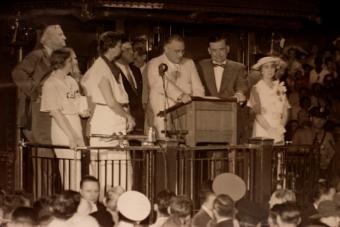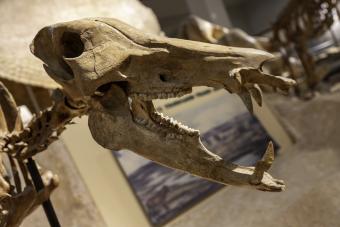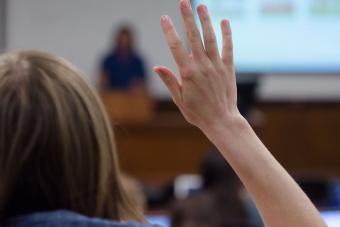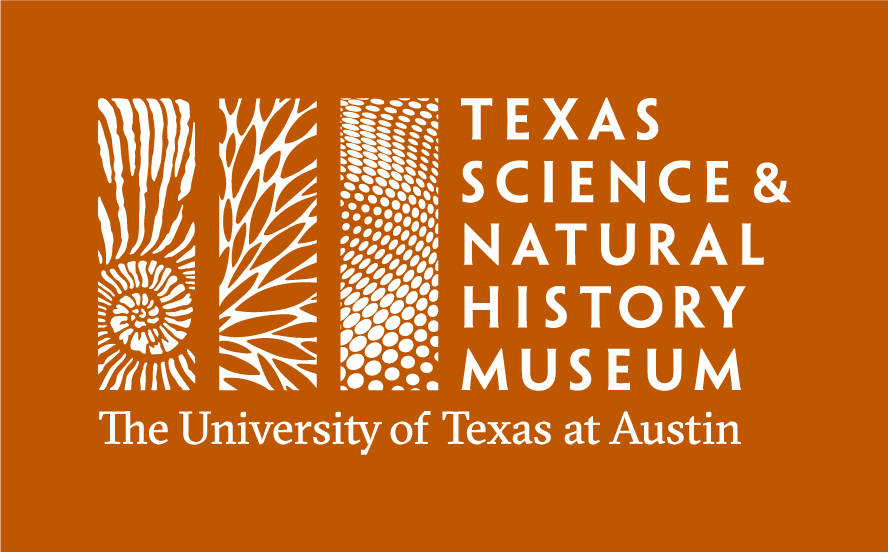Museum Hours
Tuesday to Saturday
10:00 a.m. to 5:00 p.m.
Sunday
1:00 to 5:00 p.m.
Closed Mondays
*The museum is card only.
We do not accept cash.

Texas Science & Natural History Museum engages, excites, and connects curious minds of all ages to the unique and irreplaceable natural history of the State of Texas.
The museum tells the story of life in the natural world in Texas from the formation of our planet, through the age of the dinosaurs, into our current environment and will showcase advanced research being done at The University that will make a positive impact on life in the future.

History
Explore the history of the museum.

Staff
Meet the dedicated team behind the museum.

Frequently Asked Questions
Get answers to FAQs about the museum.

